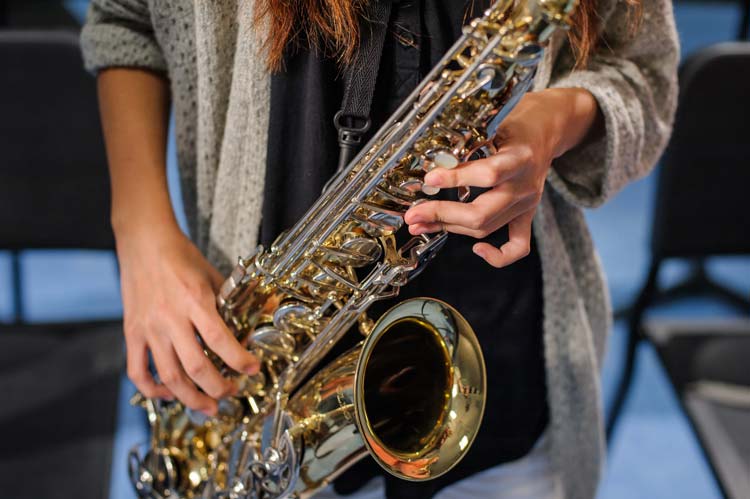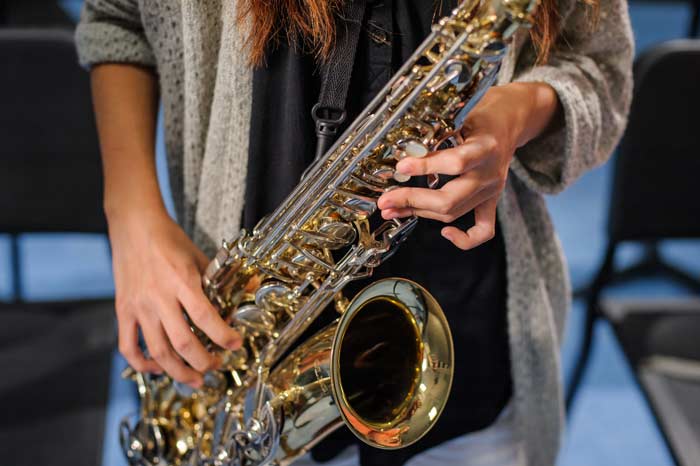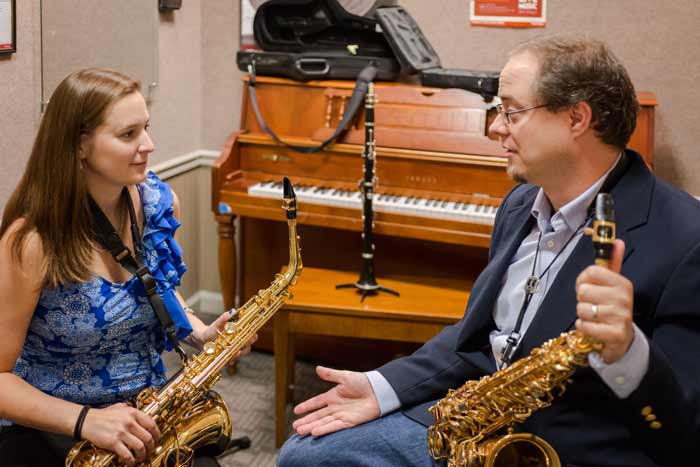October 05, 2015
Saxophone Ligatures: Choosing the Best One
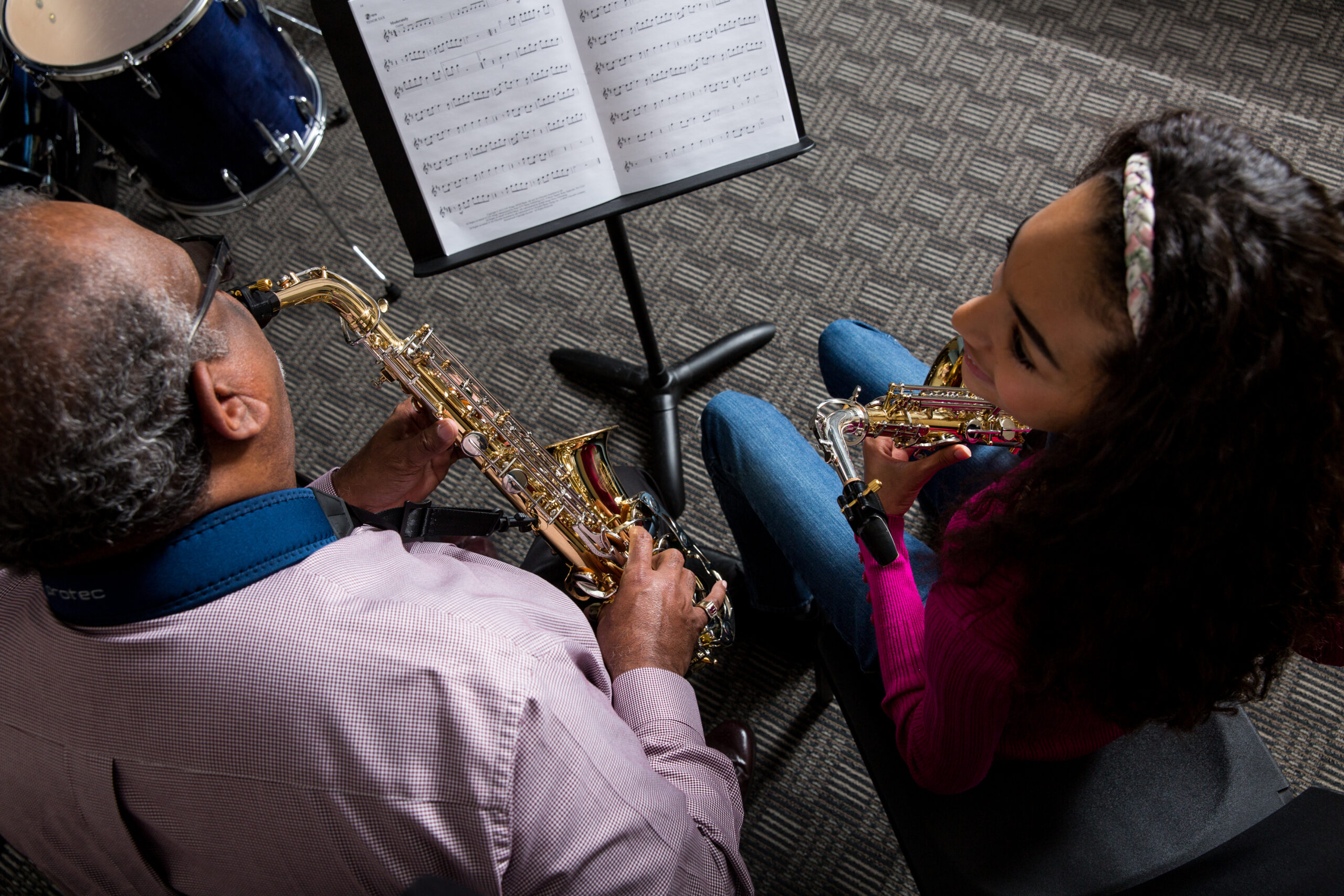

Saxophonists, like any other musicians, are known to do what they can to produce the best possible sound from their instrument. Sometimes this means practicing for several hours a day and other times it means experimenting with the instrument itself to determine what, if anything, has the most beneficial effect on the sound produced. Some musicians believe that different saxophone ligatures will help the saxophone produce different sounds, while others believe that as long as the reed isn’t warped and the mouthpiece table is level, all ligatures work the same way.
What’s a Ligature?
For those who are new to the saxophone, the ligature is the device which holds the reed onto the mouthpiece. To work properly, the saxophone ligature must secure the reed firmly against the mouthpiece while at the same time allowing it to vibrate freely which creates the saxophone’s sound. Over the years, there have been many different materials used as ligatures. Early saxophone ligatures were made of string wrapped over the reed and tied, while modern-day ligatures are commonly made of metal and plated in gold, silver, or nickel. They can also be made from a variety of different materials including wire, plastic, nylon fabric, wood, string, and leather.
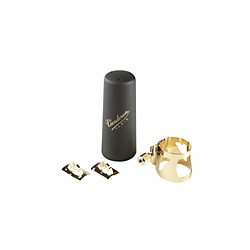

Do Saxophone Ligatures Affect Sound?
As you hone your skill with a saxophone, it’s important to be aware of the ongoing debate within the saxophone community about the potential effects ligatures could have on the sound of the instrument. As previously mentioned, some saxophonists believe that any properly fitting ligature will produce a high-quality sound while others believe that using different materials will allow the saxophonist to achieve certain sound characteristics while playing. Which side you end up on in this debate will be decided by your experience, so it’s helpful to know what potential differences you should expect.
How Much Do Ligatures Cost?
There are many different things you can consider when purchasing a saxophone ligature. One of the most important things to consider initially is price. Because of the wide range of materials and levels of complexity that manufacturers utilize in modern saxophone ligatures, a brand new ligature can end up being pretty costly. Since the type of ligature you get may not significantly affect your saxophone’s sound, it’s probably a good idea to choose one that’s relatively inexpensive when you’re first starting out. From there, you can always upgrade or experiment with more expensive models.
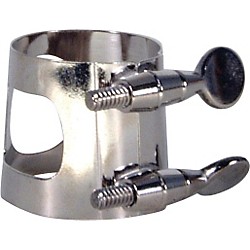

Does Material Matter?
Another important consideration when selecting a ligature is material. When sized properly, most basic metal or fabric ligatures will hold the reed perfectly fine and will enable you to produce the sound you’re looking for. Some experts recommend starting out with fabric or leather ligatures because they adapt more easily to size and shape differences between instruments. The simplest fabric and leather ligatures also tend to be less expensive than their metal counterparts, which is an added convenience.
For anyone interested in trying out a high quality fabric saxophone ligature, Rovner was the first company to offer them, and continues to sell them for different types of saxophones at a price between $40-$60. Rovner offers ligatures with different designs that are intended to affect the tone of the instrument. Some have metal plates at the reed’s point of contact, some have cut outs in the band of fabric where the reed is held, and others have a solid band which offers full contact around the mouthpiece and reed. The solid band ligature is said to produce the darkest sound while the ligature with metal plates was designed to be a better conduit for vibration so it can open the sound up.
How Will I Know If It Fits?
If you’re interested in metal saxophone ligatures, it’ll be important to make sure you find one that fits your instrument properly. There are simple metal ligatures, intended only to be the device holding the reed on the mouthpiece with no added ‘features.’ These straightforward metal ligatures are designed to be simple and effective, which makes them an excellent choice for anyone just starting out with a saxophone.
One such brand which produces simple metal ligatures is Yamaha. The price of these Yamaha metal ligatures will appeal to those just starting out as well, because they’re available for around $10-$30. More complex metal ligatures, often available in brass, silver, and gold, are designed to affect the sound by using different metals. The brass is designed to open up the instrument’s sound the most, the silver ligature has been designed to achieve a darker sound, and the gold enables saxophonists to produce a more elegant sound. These ligatures are available for around $70-$100. One downside to these ligatures is that they can be difficult to adjust if the mouthpiece is large.




